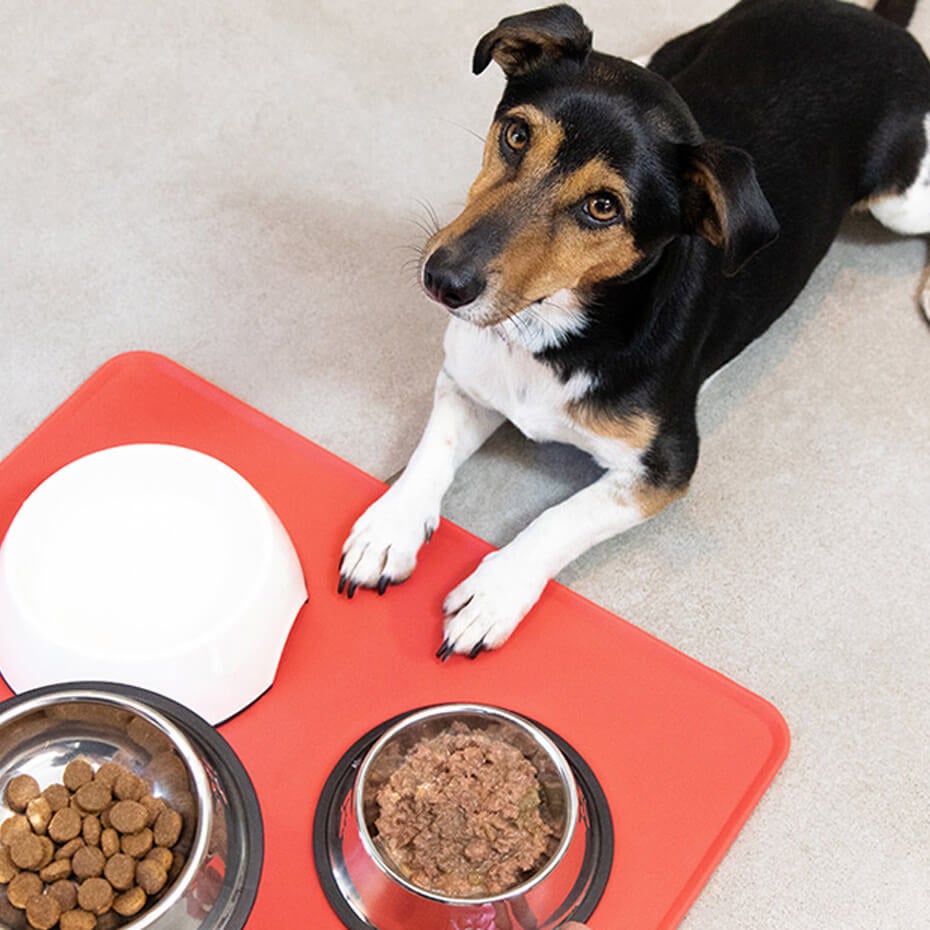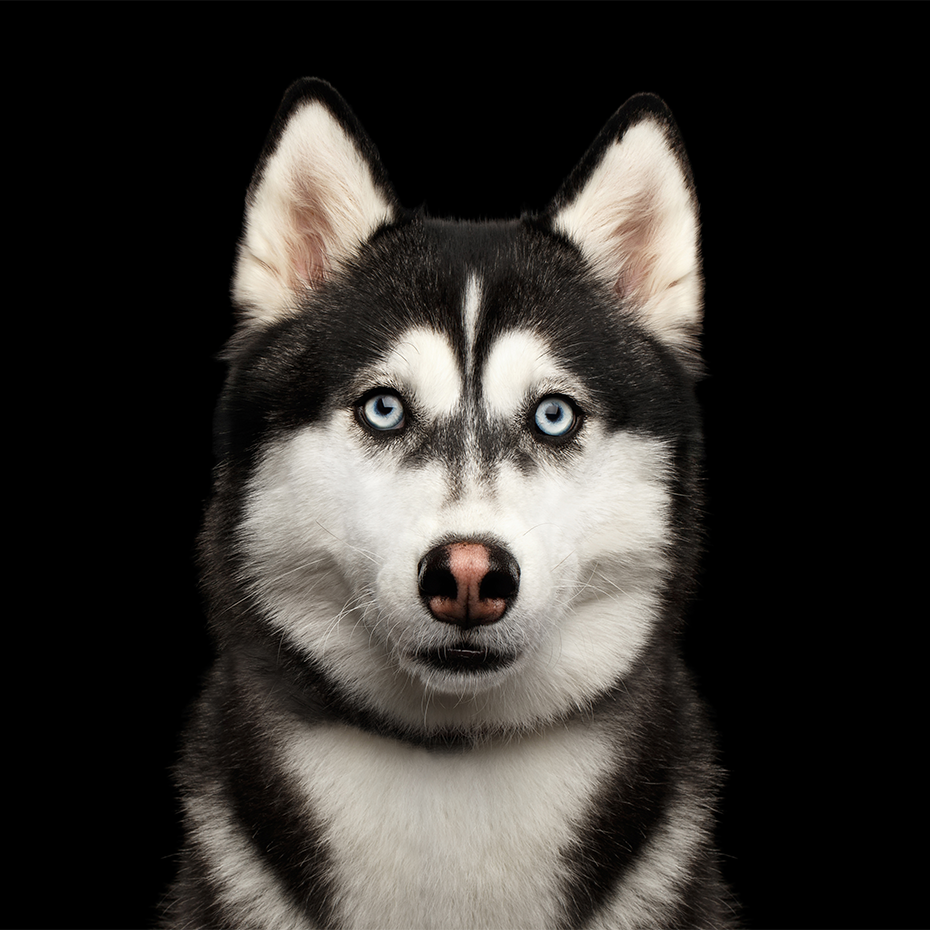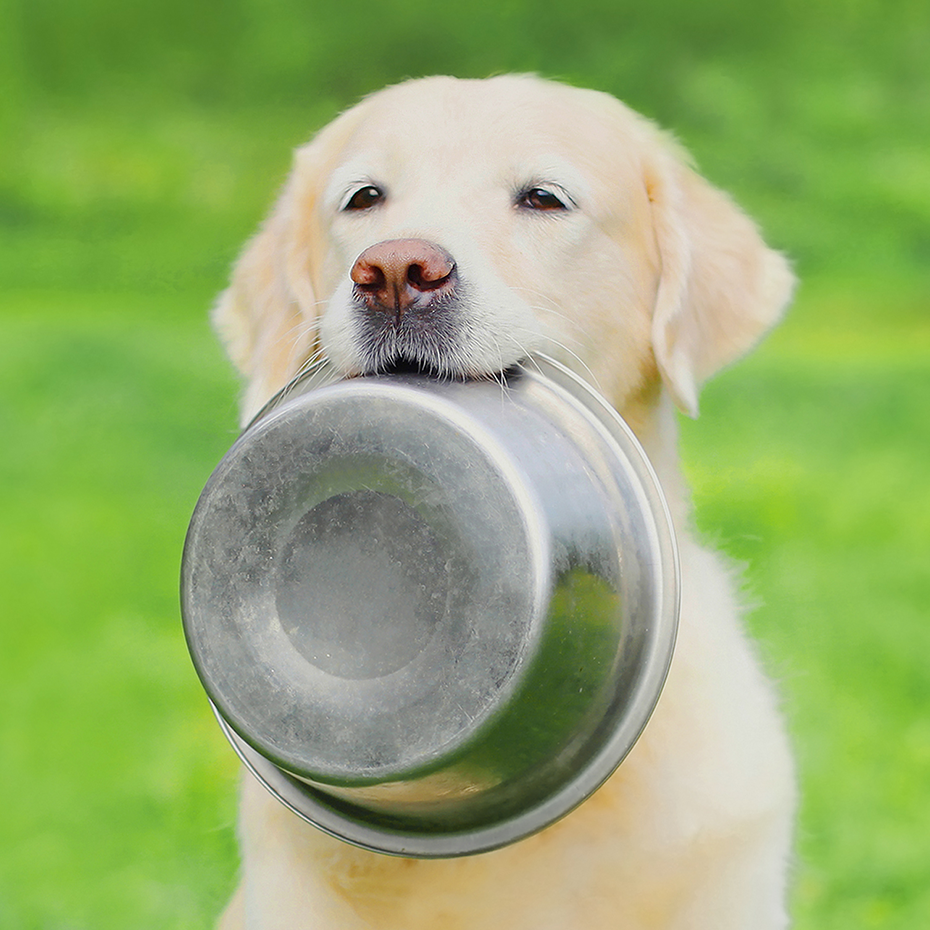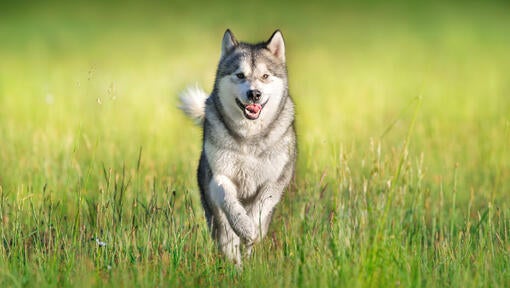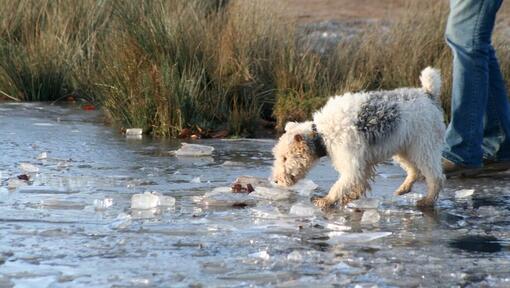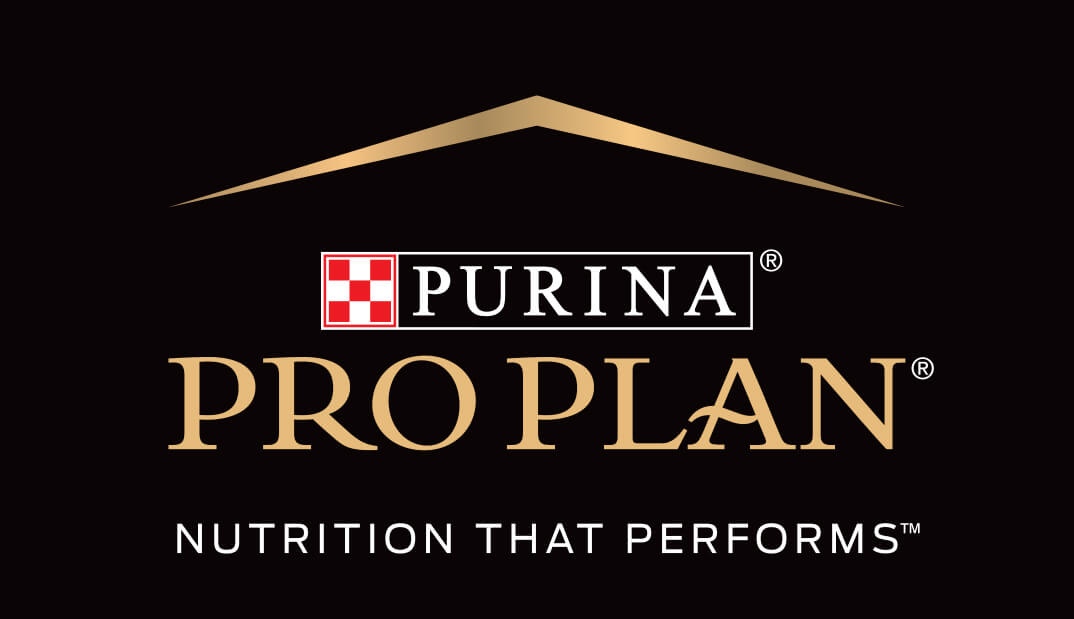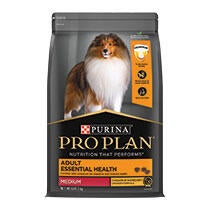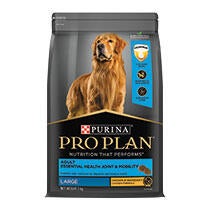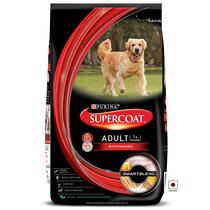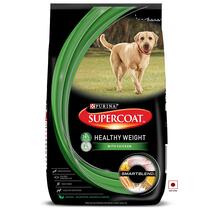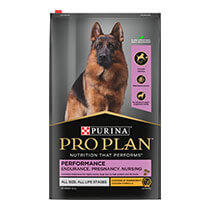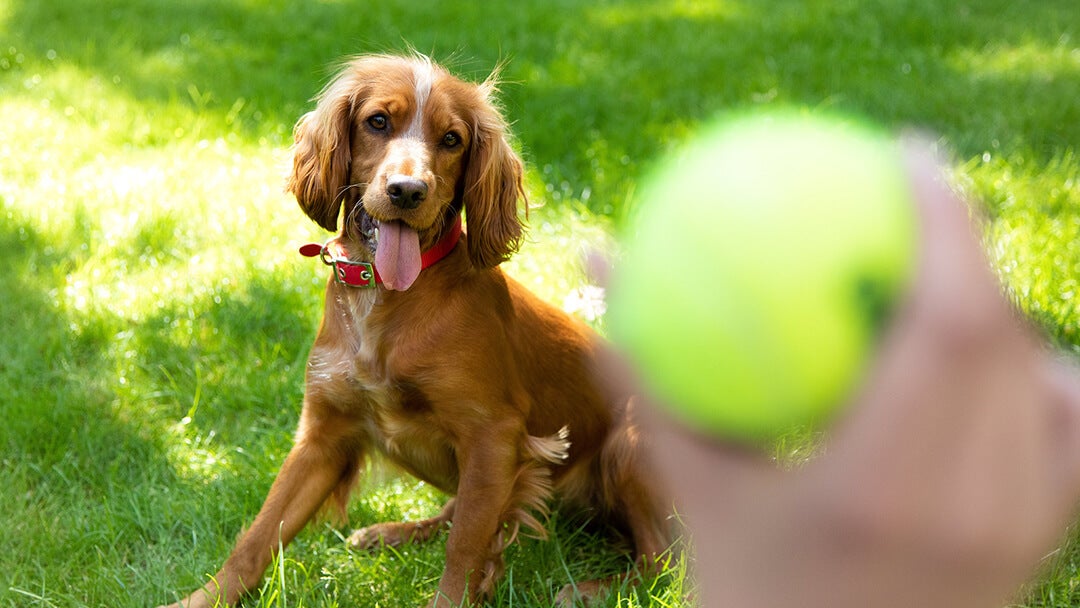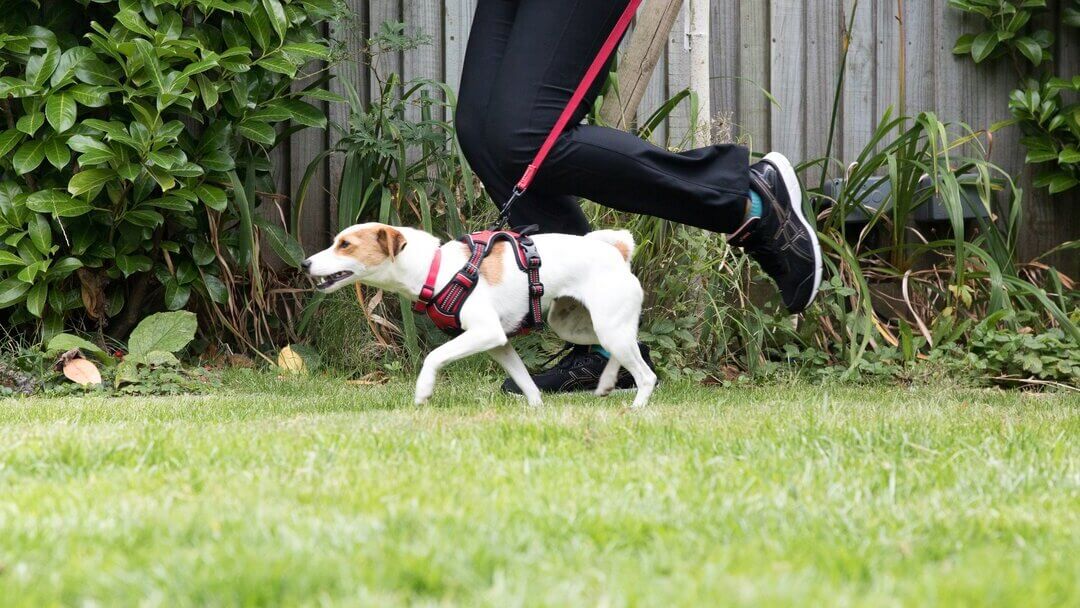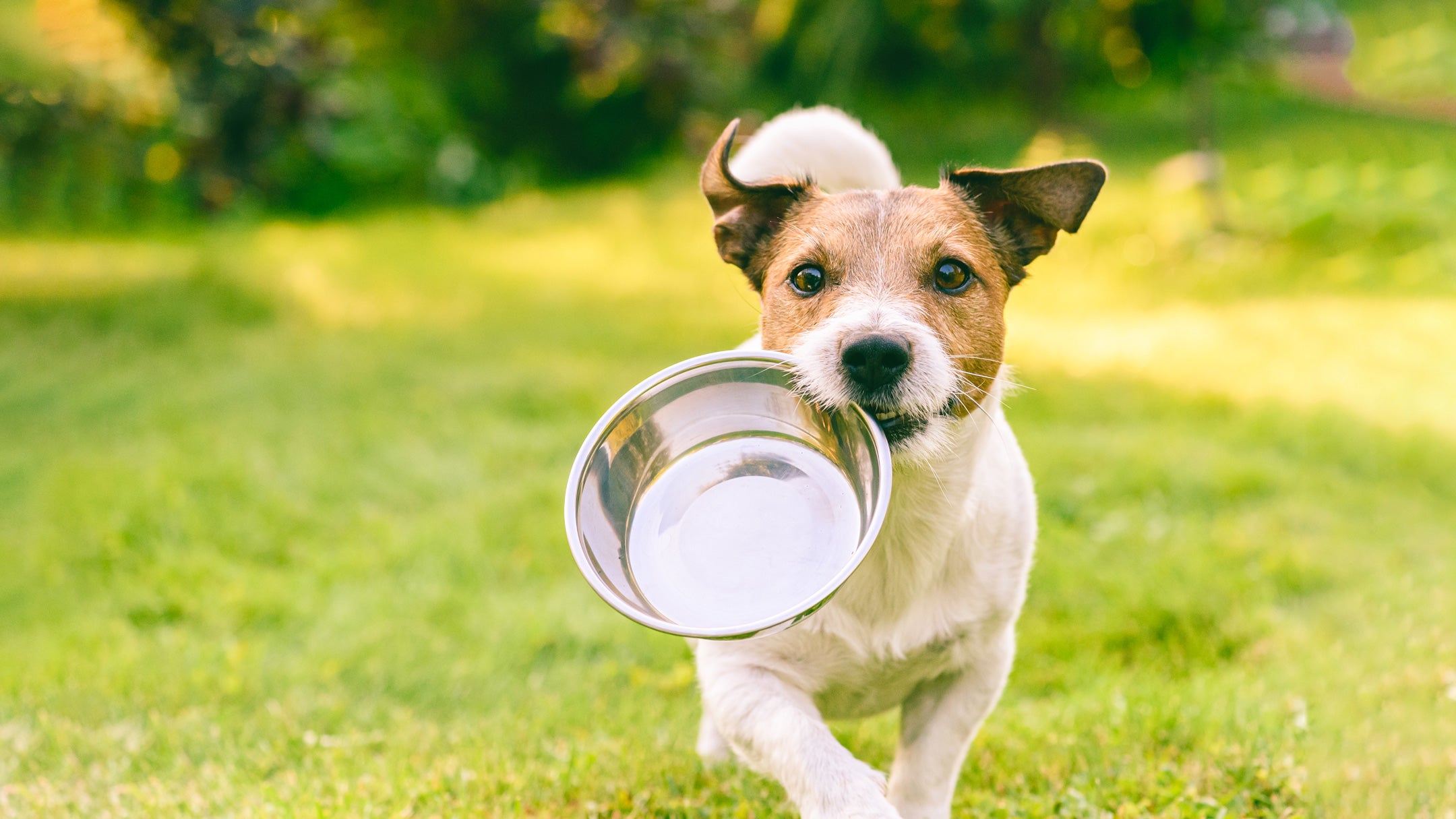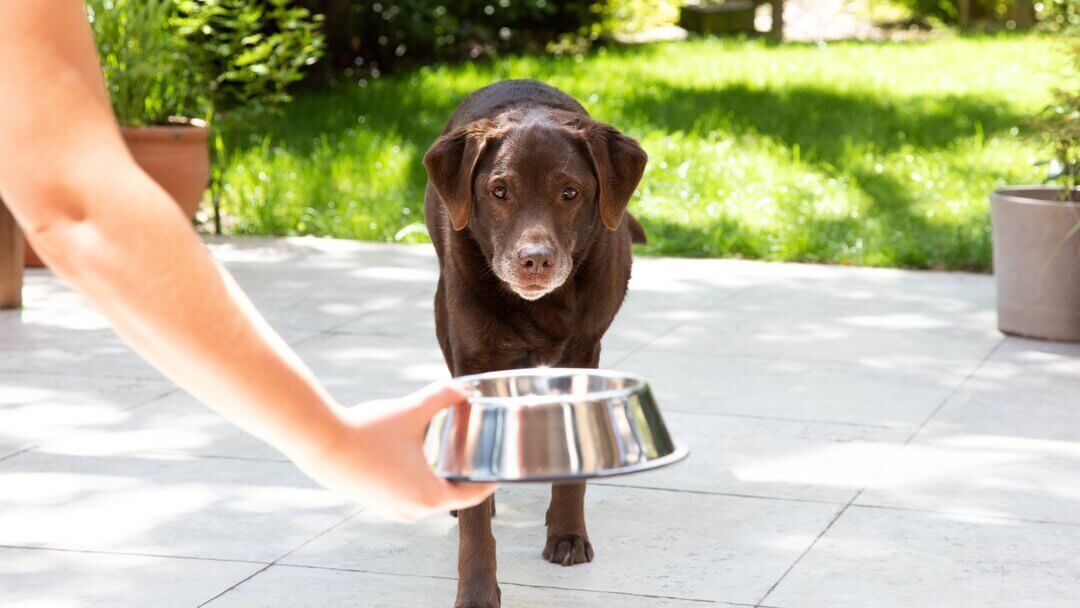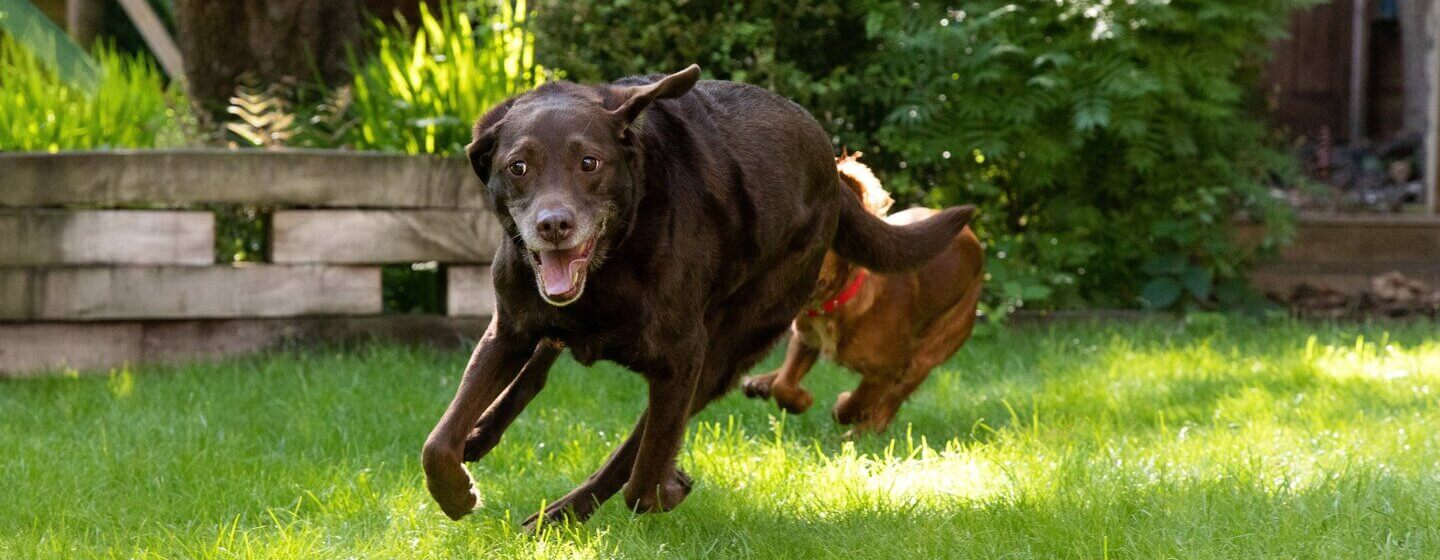
Dog exercises help your dog control their weight and reach their ideal body condition, build energy, and maintain a strong cardiovascular and immune system. And if you join in, you’ll get all those health benefits too!
Although for many of us “exercise” and “fun” don’t always go together in the same sentence, for our dog friends, a workout always brings out their happy tail-wagging side. But dog exercise isn’t just for staving off your pet’s boredom. Walking your dog daily is also key to keeping them in shape and healthy, both physically and mentally. Luckily there are lots of fun and easy ways to get the “dog workout” task ticked off every day, but before we get to these top dog exercise ideas, here is what makes an active dog, a happy dog.
The benefits of dog exercise
Keeping your dog active and well-exercised does more than keeping your pet in shape. Dog exercise has many benefits:
- Staves off obesity by burning out excess calories.
- Keeps them well behaved as they don’t have to look out for creative ways to keep themselves entertained such as chewing furniture or barking up a storm.
- Keeps their brain active, especially if you include dog brain games and puzzles as part of their exercise routine.
- It’s a great stress relief as dog exercise can help both of you blow off some steam.
- Reduces the likelihood of health issues such as arthritis, hip dysplasia or obesity-related problems such as diabetes or heart disease.
- Creates a stronger bond when you’re out and about and exercising in lots of different ways.
Types of dog exercises
Helping your dog stay in shape should never be a chore for either of you. Dog exercises should be fun and varied; they don't just have to be long, time-consuming treks. If your dog does the same exercise every day they’ll be just as bored as you are. If you shake things up by adding variety to your routine, every day will be exciting and you’ll both be happier to exercise. Some of the time you might even forget that you’re burning off energy.
Plan a variety of dog walks that you can change regularly, and try to build in some playtime with games and challenges. Make sure your dog gets to release all their pent-up energy, but don’t stretch your dog too far; think about how much running around they can do before they become tired, and make sure they have the energy to get back again.
If your dog has more energy than you do (which is often!) play fetch with a ball or a flying disc. This kind of exercise for dogs is always fun, and it means they get to run long distances without leaving your sight – and you won’t get worn out, either. This is particularly beneficial for puppies and young dogs, who have seemingly endless enthusiasm when it comes to playing with you.
With positive reinforcement in the form of hugs and pats (but not too many food treats, as this can lead to weight problems), many dogs will gladly wear out your throwing arm! Instead of sticks, which can splinter and potentially damage their teeth, throat or stomach, choose some fun throwing toys such as balls or squeaky shapes, which you could also play ‘tug’o’war’ with.
Another form of dog exercise you might want to consider is dog sports. Dog sports may be gentle or energetic, or involve teamwork or solo practise – in short, there’s something for everyone! You can read more about the different dog sports you can enjoy with your pet in our article.
Going for a swim is a great dog exercise that helps improve their circulation and boost the metabolism. It’s also easy on the joints making it a great choice for all dogs and especially for canines suffering from arthritis or dysplasia.
Whatever activity you end up enjoying together, always remember that your dog loves to spend time with you, so make that time really special rather than just plodding around the same old park every day. Meeting new dogs and following new scents is all part of the fun!
Dog exercise for different breeds
Of course, some breeds naturally want more frequent, vigorous exercise than others. Different breeds prefer different activities, so there are a variety of different dog exercises you might consider.
You can choose your exercise and games by the role your dog was originally bred for. Terriers love to dig; hounds, who love to chase things, prefer sharp bursts of exercise and pastoral breeds particularly enjoy canine sports. Learn more about how to cater for your dog's instinctive preferences for exercise and play, and discover and incorporate your dog’s built-in talents with their exercise!
How does age affect your dog’s exercise?
It's natural for dog exercises to change as your dog grows up and matures. Here is what to take in consideration as energy levels and physical ability change.
Exercise for puppies
Before you put together a whole list of dog workout ideas for your puppy, you must keep in mind that the physical abilities of a puppy are limited and as their bones are still growing, they’re a lot more prone to injuries. As a rule of thumb, puppies should have no more than 5 minutes of exercise for each month of age, two times a day. Find out how walking and playing is different early on with our easy guide to puppy exercise.
Exercise for older dogs
If your dog is older, they might prefer a calmer, more leisurely walk, but that doesn’t mean they won’t enjoy a change of scenery too. You could still vary their walks and the terrain they go over, and make sure they have lots of interesting things to see and sniff.
What to do if your dog is not used to exercising?
If your dog is not used to regular exercise but you’ve decided to start a routine, start off gently – it’ll be more easy-going for both of you, and you’ll be able to build up some stamina. Begin your dog exercising routine with short periods of activity at slow speeds, gradually increasing the time, speed and distance until your dog is getting the right amount of exercise for their size, breed and weight. (If you’re not sure what amount this is, check with your vet.)
Your dog will be happier if they begin walking or running on soft surfaces such as dirt, sand or grass until their foot-pads toughen. It’s worth considering keeping your dog on a lead at first, so they don’t head off alone when you go out walking or running – although if you have a strong or enthusiastic pet, a head collar or harness will give you more control and peace of mind! If they’re going to be running off-lead, make sure your dog has good recall training.
If your dog has a history of medical problems, you could consider working with your vet to plan a good dog exercise programme that’s beneficial for their particular needs.
Should dogs exercise after eating?
It is recommended that pet owners avoid exercising dogs immediately before or after their dog has eaten, as a full stomach combined with walking or running may cause digestive upsets. As well as this, your dog will really benefit from having enough water at mealtimes, which will keep them well-hydrated and ready for exercise!
Dog exercise and weather
Whether it’s wet and cold or warm and sunny, your dog still needs a regular dose of exercise to keep them in their best condition. Of course, very warm or very cold weather presents extra challenges for your dog and you – for example, your canine friend can suffer from frostbite just like humans.
Exercising your dog in winter
If your dog has been walking in the snow, wipe their paw pads and remove the snow or any ice or salt that could be caught in their fur.
Exercising your dog in summer
During the summer months, your dog can suffer from sunburn and heatstroke during their fun dog walks. As well as all this, your dog's feet can be damaged by hot asphalt, so be extra careful around road works. You might consider buying your dog a pair of boots if they have very sensitive feet, and then they’ll be ready for every occasion!
Whatever activity your dog shares with you, remember that exercising together should be fun, varied, and full of satisfaction for you both – and with a sense of adventure, you’ll never go far wrong! Here are even more tips for playing with your dog and spending quality time together.
